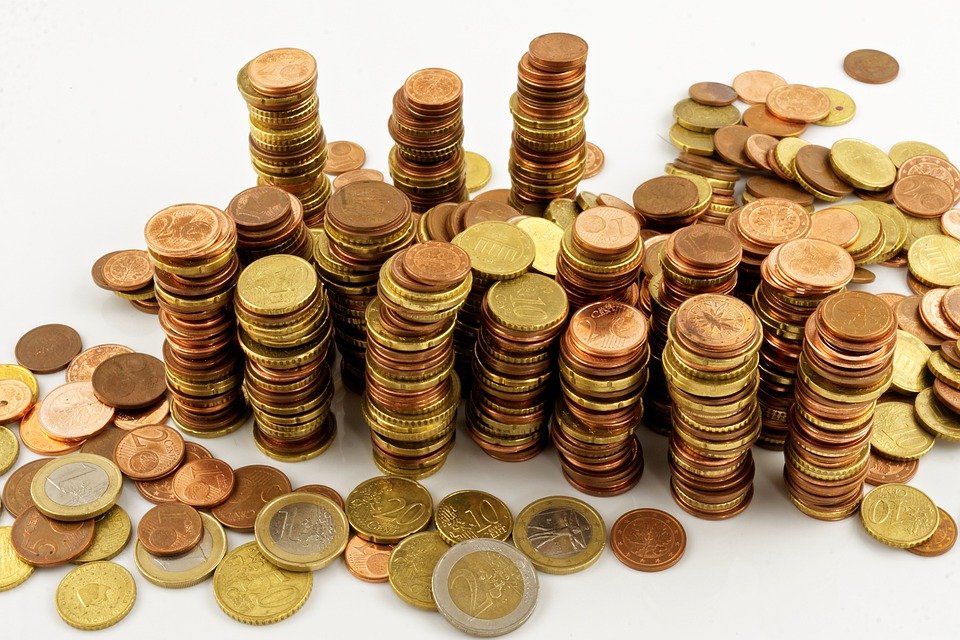In a world characterized by financial uncertainty, unexpected expenses can arise at any moment. Whether it’s a medical emergency, job loss, urgent home repairs, or unforeseen car troubles, having a buffer to fall back on can save you from significant financial strain. This is where an emergency fund comes into play. In this article, we’ll explore why an emergency fund is essential and provide actionable steps on how to build one effectively.
Why You Need an Emergency Fund
1. Financial Security
An emergency fund is your safety net. It provides peace of mind knowing that you have a financial cushion to fall back on during times of crisis. Without such a buffer, you may resort to high-interest debt or default on important payments, which can harm your credit score and overall financial health.
2. Avoiding Debt
Having an emergency fund means you’re less likely to rely on credit cards or loans during unexpected situations. High-interest debt can spiral quickly, leading to a cycle of borrowing that is difficult to escape. An emergency fund allows you to address urgent expenses without incurring additional financial burdens.
3. Maintaining Control
With an emergency fund, you remain in control of your financial situation. You can make decisions based on your needs and priorities, rather than being forced into hurried choices due to financial pressure. This control also allows for better mental well-being and stability.
4. Peace of Mind
Finally, having a savings cushion contributes significantly to mental peace. Knowing you have resources available in case of an emergency can alleviate anxiety about financial futures, making it easier to focus on everyday life and long-term goals.
How to Build an Emergency Fund
Building an emergency fund may seem daunting, especially if you’re starting from scratch, but it’s entirely achievable with a few strategic steps.
1. Set a Goal
Determine how much you want to save. A common rule of thumb is to aim for three to six months’ worth of essential expenses. This figure accounts for rent or mortgage, utilities, groceries, and transportation costs. Tailor your goal based on your personal circumstances and level of risk tolerance.
2. Create a Dedicated Savings Account
Open a separate savings account specifically for your emergency fund. This keeps your emergency savings distinct from other savings or checking accounts, reducing the temptation to dip into the fund for non-emergencies. Look for a high-yield savings account to earn interest on your savings while keeping them accessible.
3. Automate Your Savings
Set up automatic transfers from your checking account to your emergency fund. By automating your savings, you ensure that a portion of your income is consistently allocated towards your emergency fund without you having to think about it. Start with a manageable amount and increase it as your finances allow.
4. Cut Unnecessary Expenses
Review your budget and identify areas where you can cut back. Cancel subscriptions you don’t use, dine out less frequently, or find cheaper alternatives for services. Redirect these savings into your emergency fund. Even small sacrifices can add up over time.
5. Use Windfalls Wisely
Tax refunds, bonuses, or monetary gifts can boost your emergency fund substantially. Consider allocating a portion or the entirety of these windfalls to your emergency savings. This can jumpstart your fund and put you ahead of your goal.
6. Monitor and Adjust
Regularly assess your savings progress and adjust your contributions based on any changes in your financial situation. If you receive a raise or have lower expenses, consider increasing your monthly savings amount.
7. Keep it Accountable
Share your goal with someone you trust or use personal finance apps that can help track your savings. Accountability adds an extra layer of motivation and can help you stick to your savings plan.
Conclusion
In today’s unpredictable world, setting up an emergency fund is not just a wise financial strategy; it’s a crucial step in safeguarding your financial future. By following the steps outlined above, you can cultivate a robust emergency fund that gives you both the security and peace of mind that every individual deserves. Remember, the effort you put into building your emergency fund today will pay dividends when unexpected circumstances arise in the future. Start your journey toward financial resilience now—it’s never too late to secure your financial well-being.




